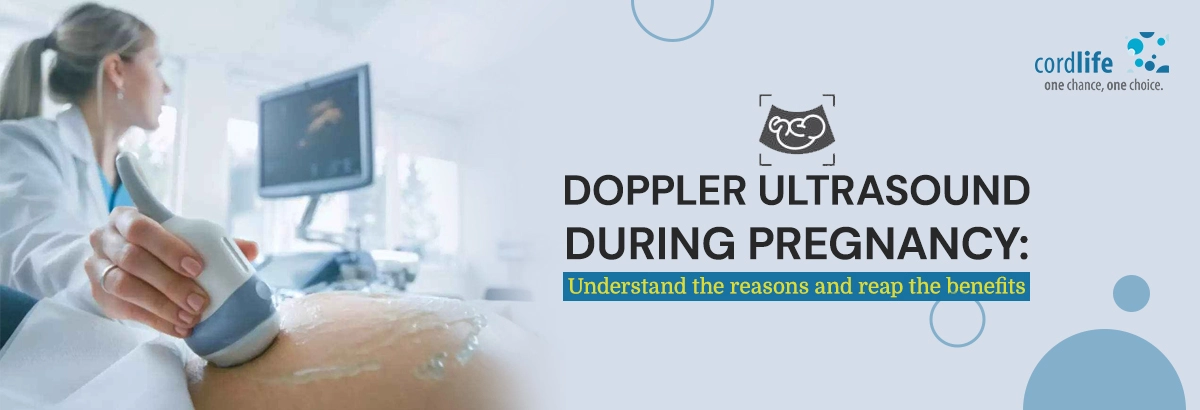Table of Contents
You may have reached the 30th week of your pregnancy, but your baby bump hardly remains visible. Being anxious about this won’t help much. It is natural that being a would-be-mum, you’d be worried about the growth of the baby you’re nurturing inside.
Visiting the healthcare practitioner would be beneficial at this stage. The doctor will take you through several tests and scans to check you and the health of the growing baby inside you.
Getting a Doppler scan done is just one of them.
The Reasons Behind a Doppler Scan in Pregnancy
The Doppler scan during pregnancy is done twice. Once in the first trimester and then in the second or third trimester for these reasons:
In the early stage of your pregnancy, the ultrasound scan looks for the presence of the following:
- number of babies in the womb
- detects the foetal heartbeat
- baby’s growth
- the date of delivery
Moreover, placental development helps in foetal development by passing down the essential nutrients, blood, and oxygen to the baby-to-be from the mother’s bloodstream. That means, through a Doppler scan placental problems like placenta previa can be determined.
Having said that around 10 to 12 weeks of pregnancy, Foetal Doppler Ultrasound may attempt to pick up foetal heart tones, but they can be hardly audible as a result of:
- due date miscalculation
- tilted uterus
- The sound of the placenta may overpower the sound of the foetal heartbeat, as well as the layers of fat in the abdomen.
However, the second pregnancy scan during the second trimester ensures that the baby is growing healthily and normally. It further checks whether there is the presence of any physical abnormality in the baby in the womb.
Intermittent monitoring with a Doppler pregnancy scan is done every 15 to 30 minutes, during the first stage of labour, and every 5 to 15 minutes in the second check of your baby’s heart rate. With pregnancy complications, you’ll be monitored more often.
- Through the Doppler scan the doctor can find out whether the baby inside you is growing slowly.
- It also detects whether the baby’s movement inside the womb has slowed down.
- This pregnancy scan can make sure whether you’re pregnant with twins, or more. The healthcare practitioner checks the signs of twin-to-twin transfusion syndrome (TTTS).
- The pregnancy ultrasound confirms whether you’ve had a miscarriage in your prior pregnancy or at the time of your childbirth.
- If you have been smoking or had a habit of drinking alcohol or pregnancy-induced health conditions like high blood pressure and diabetes, the pregnancy Doppler scan ensures them.
- The Pregnancy Doppler scans whether rhesus disease impacts the baby during pregnancy, as well as after childbirth, and if you’re suffering from slapped cheek syndrome.
You can get the Doppler test done by trained professionals. They follow a set of guidelines that will make sure that both you and the baby inside you are perfectly safe. Since Doppler types – Continuous Wave Doppler, Duplex Doppler, Colour Doppler – generally determine blood flow non-invasively, they not only determine high-risk pregnancies but also check the blood flow to the umbilical cord, artery, foetal brain, and cerebral artery.
You don’t need to do a lot to get a Doppler test done. You’ll have to be comfortable while lying down on the exam table. The expert will put gel on your belly before beginning the test, and the sound of the waves passes from the belly to the computer showing results as it has been mentioned above.
